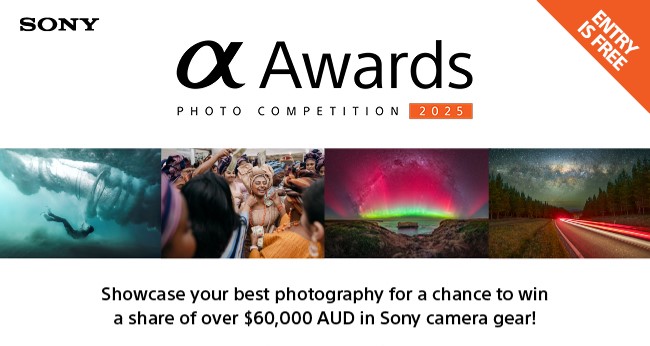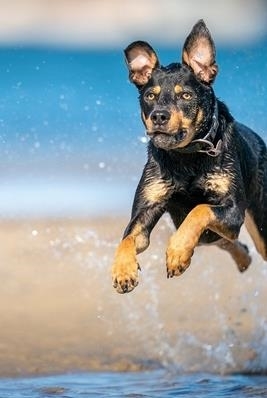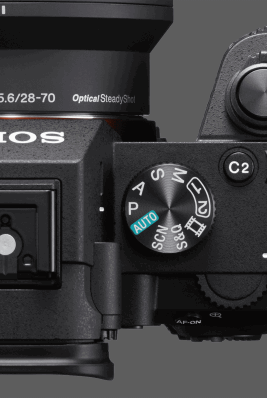You've just purchased your first camera—now comes the inevitable question: which lens should you choose to accompany it? If you're feeling overwhelmed by a chorus of experts insisting they know exactly what you need, you're not alone. Rather than relying on others' opinions, you're far better off first understanding a few essential concepts that will empower you to navigate the vast array of options with confidence. This is especially important before stepping into a store, where a persuasive salesperson might steer you toward something that isn’t truly right for you.
There are just 3 major points to understand about choosing a lens as a beginner.
- Aperture
- Focal Distance.
- The ‘mount’ that a lens uses to connect to your camera.
-
Aperture
Basically, there are three settings that the camera and the lens use together to control how they record an image. These are:
- The Shutter Speed which is the length of the time the shutter is open - this is controlled by the Camera.
- ISO – This is the sensitivity to light on the sensor controlled by the camera
- Aperture - this is the size of the opening provided by the Lens as you click the shutter button.
So, Aperture is controlled by the lens. The Aperture ( or f stop) -is the amount of light your lens will let in . This can be a confusing concept to grasp as the smaller the number ( ie f1.4 or f2.8) the greater the amount of light. Changing the aperture setting for the lens changes the size of the opening that lets light through the lens to the camera sensor - the larger the opening the more light that gets through . Easy hey?
However, the larger the opening, the less of the image is in focus and the larger the opening the smaller F stop Number. Confused? - You’re not alone- eventually you will come to understand this setting intimately and your choice of aperture will be an intuitive choice in the shooting setting.
Another confusing term you may hear is “fast lens’. The term refers to the manufactured f/stop of the lens ie the maximum aperture the lens can achieve. Why is this fast? Well, a lens with an f/stop of f/2.8 is faster than a lens with an f/stop of f/5.6 because when shooting ‘wide open’ at the smallest number aperture the photographer can use a faster shutter speed because more light is let in to the sensor.
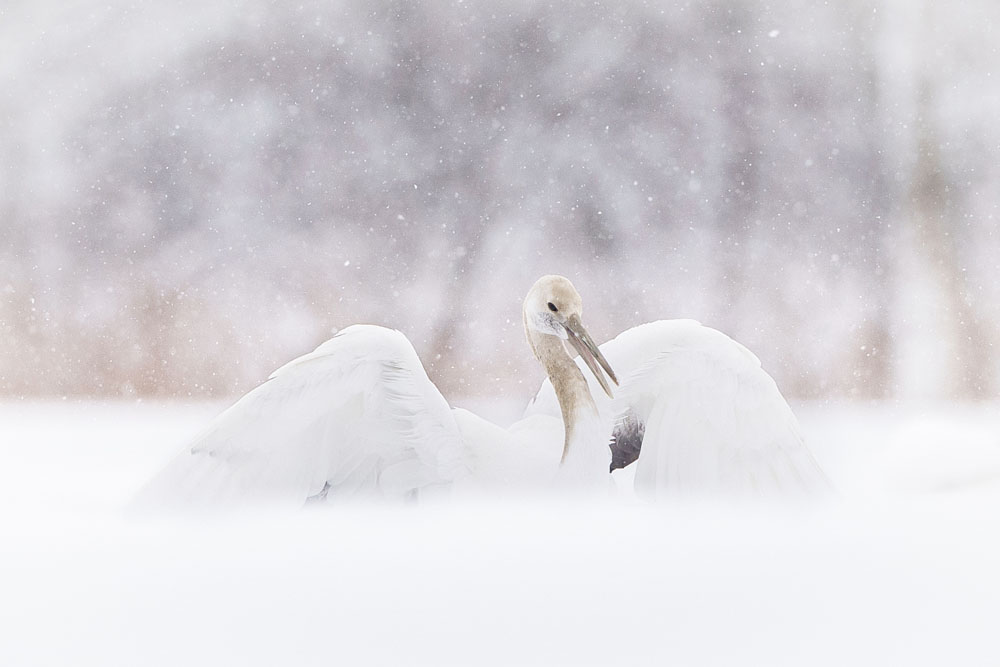
This juvenile red crane dancing in falling snow is a good case for using a ‘fast lens’. Although it’s snowing, there is very dull light and the bird is dancing. To freeze the snow so it doesn’t cover my photo but also freeze the birds’ movement I needed a fast shutter speed. To compensate for a fast shutter not letting light onto the sensor for a long time I needed to have the lens ‘wide open’ at f2.8 to allow the aperture to be as wide as possible to capture more light through its opening.
Also note that because I am far away from the subject at 300mm the lens has ‘compressed’ the front and back of the image. Compression creates a beautiful and intentional blur.
However, when we use a wide open aperture like F2.8 we introduce a new topic called ‘depth of field’. Depth of field (DOF) is the distance between what is in focus and what is not. Can you see the crane is in focus but the front and back of the image are not? A shallow DOF creates a beautiful blur but requires some skill as the crane only has to move a tiny bit and he will be out of the focal plane and become blurred.
If I shoot an image at F/8 or F/14 even, there is more distance between what is and isn’t in focus. This whale is shot at F/9 and you can make out its surroundings rather than them being blurred out. The blurriness of F2.8 may look lovely but there are valid reasons for shooting at f9 to get everything in focus, - this will be discussed in the article on ‘nature photography ‘elsewhere here.
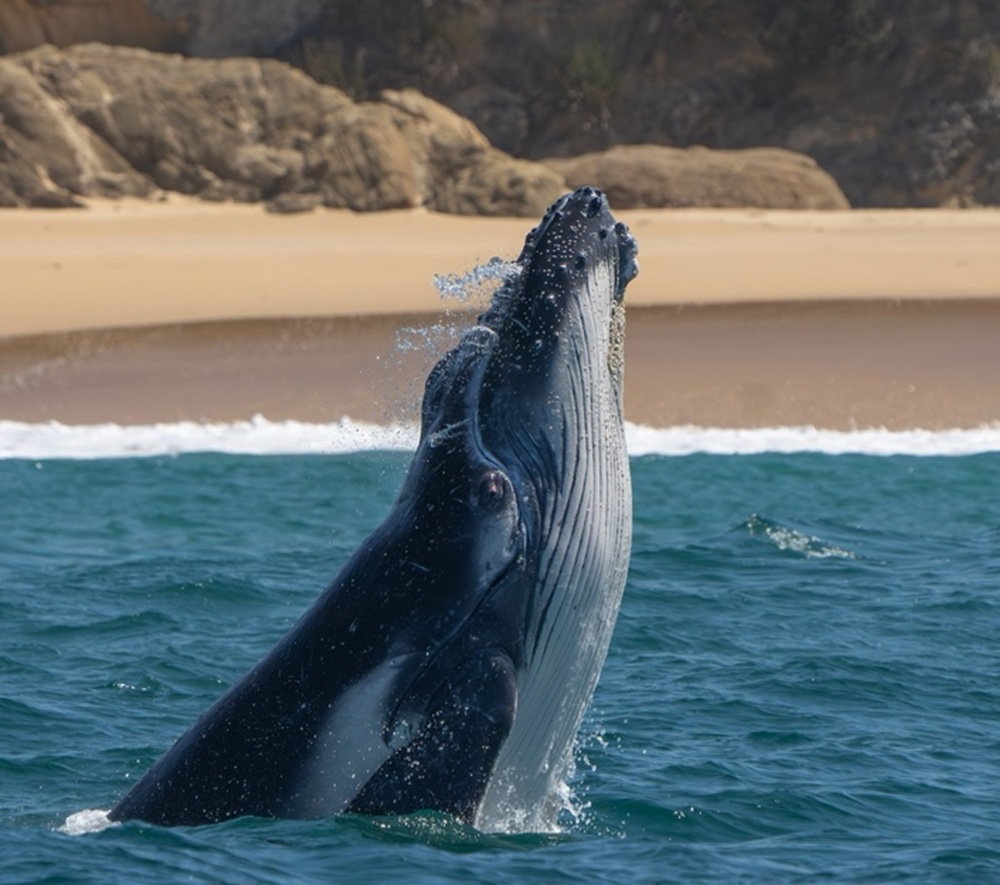
So, you can see , the depth of field you want influences the type of lens you buy which in turn influences the type of images you can create. Simple!
-
Focal Distance
This is the distance from the optical centre of the lens to its focal point. Focal point means where the information captured converges to make a sharp image on the sensor. A shorter focal length is usually referred to as a ‘wide angle’ lens because we can get a really wide view to shoot and be sharp. Anything from 10mm to 34mm is known as wide or even ultra wide.
A lens can be a ‘zoom’ or a prime lens – a zoom has a variable focal length and you can zoom in and out without moving physically. The zoom lenses are slightly heavier and have more glass and more moving parts.
A prime lens has a fixed focal length and you zoom with your feet – either moving closer or further away. They have excellent sharpness and a fast autofocus but require your input for composition.
A standard length lens is about 24 – 70mm and Telephoto or Zoom lenses are from 70mm all the way up to and beyond 800mm. A Telephoto lens will compress your subject and background if they are far away but a wide angle lens will keep everything in focus.
A standard length lens takes the middle ground and renders images roughly the same way the human eye would see the world.
It’s also important to know that if you are using a crop sensor camera instead of a full frame that will alter the effective focal length of the lens. A Sony crop sensor camera (APS-C sensor) has a crop factor of 1.5x. This means that it effectively multiplies the focal length of any attached lens by 1.5 when compared to a full-frame camera. As an example A 50mm lens on a Sony APS-C camera gives a field of view equivalent to a 75mm lens on a full-frame camera (50mm × 1.5 = 75mm).
-
The lens mount.
This is easy, but crucial. Not all lenses pair with all cameras. You need to check the information of the type of mount required by your camera ie ‘e-mount’ and make sure your lens choice is also an ‘e-mount’. There are variations between cameras and also between brands.
So, how do we choose what to choose?
Firstly – have an idea of what interests you in your photography journey. Don’t worry that if some years later you outgrow your lens, this means you are maturing in your ability as a photographer to discern what effects you do and don’t like as your personal style develops. I have lenses that I kept for just a few years and I have lenses that I started out with that I will never let go.
- If you want to shoot PORTRAITS or STREET photography, there are some beautiful beginner friendly lenses to choose from:
- Sony FE 85mm f1.8
- Classic portrait with lovely bokeh
- Sharp and fast
- Lightweight and budget friendly.
- Sony FE 50mm f1.8
- Good starter lens,
- Affordable
- Good for full body portraits
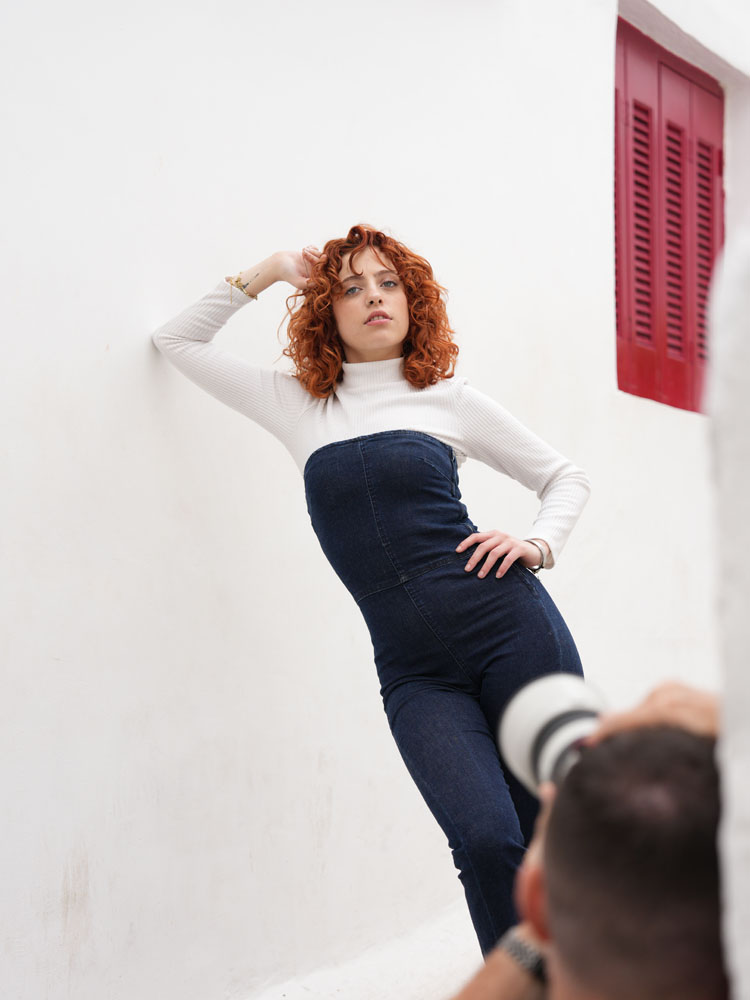
2. For Landscape where you are shooting sweeping vistas or mountain ranges you are going to need a wide angle lens. My personal favourite lens in my kit is the
- Sony FE 16-35mm 8
- You can take wide angle land or seascapes in the pre-dawn light with ease or capture the milky way above you in the dark skies with its wide open aperture.
- Useful also for environmental portraits at 35mm.
- Exceptional sharpness
- Works well either hand held or on a tripod.
But also consider the
- Sony FE 20mm F1.8
- Ultra sharp and lightweight
- Budget friendly
- A ‘prime’ lens so you need to move yourself rather than a zoom ring for composition
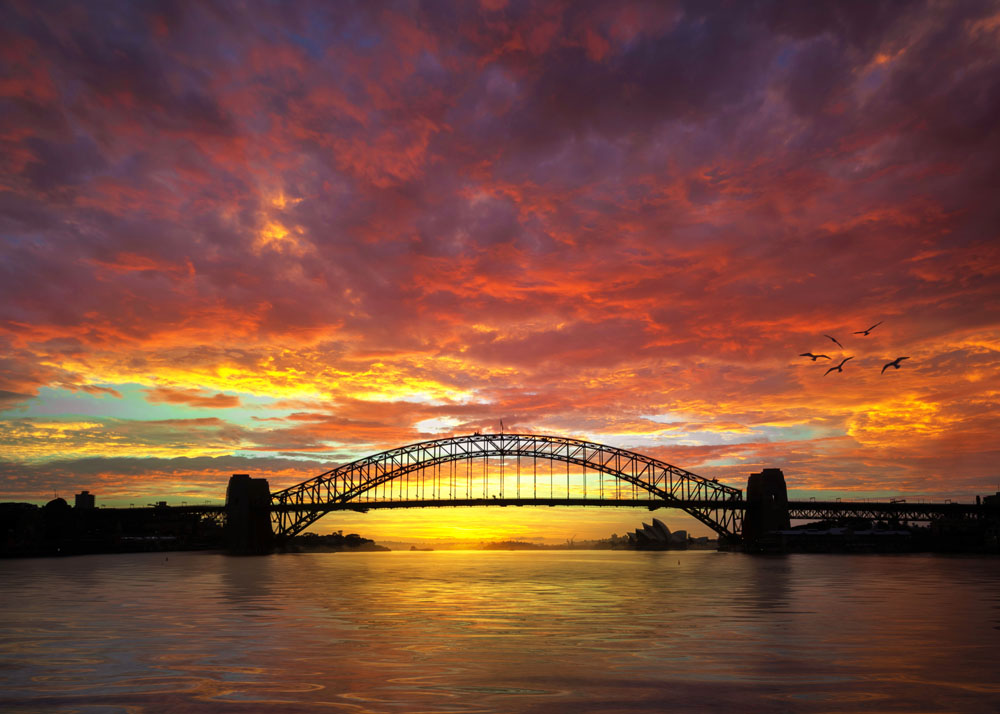
If you are really keen to capture Aurora or Milky Way then an ultra wide angle lens with a large aperture the Sony FE14mm F1.8 is a super choice with sharpness from edge to edge.
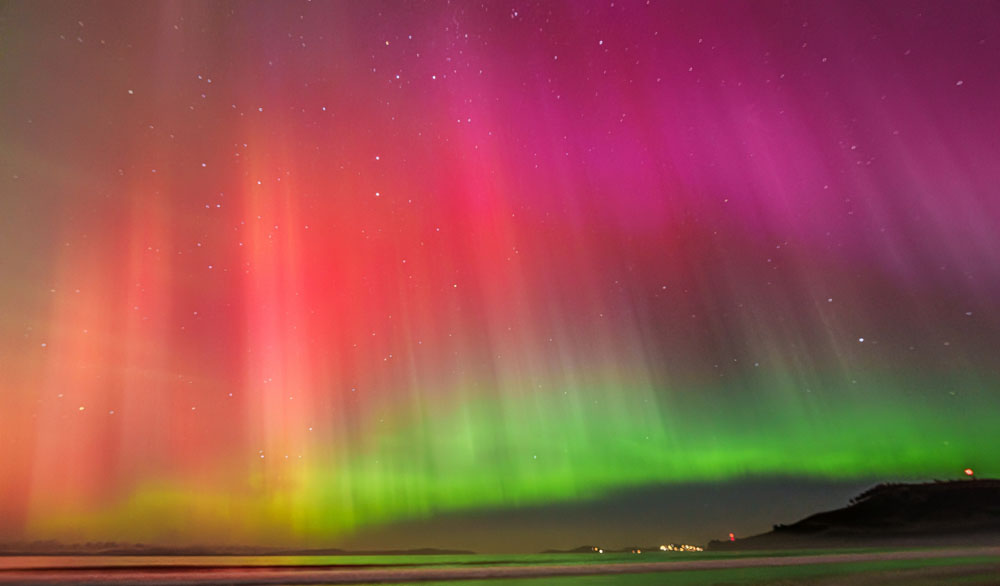
Night of the Great Aurora – with light stretching from East to West across the skies only the super wide angled 14mm F1.8 was going to be able to capture at least some of it.
3. If wildlife and birdlife is your passion then you are going to need a ’long’ lens. Although starting at 200mm is enough for breaching whales generally you will need more reach for smaller and further away subjects.
Good starting choices for birds or wildlife
- The Sony FE 70-300mm f/4.5-5.6 G OSS
- is great for beginners,
- Has a sharp autofocus
- Lightweight compared to other telephotos
- Has optical Steady Shot which helps with handheld shooting
- The Sony 100-400 f4.5-5.6mm GM OSS offers
- A professional grade lens
- Outstanding sharpness and autofocus
- A versatile focal range
- Is perfect for birds in flight or far away wildlife.
Other options include the 200-600mm or the 400-800mm lens will really bring your subject closer and are excellent for small wildlife or birds but come with considerations like weight and the need for a tripod to help with image stabilisation.
A cheaper option that allows versatility within long lenses is the 1.5x or 2x extender effectively increasing your focal length by those amounts.
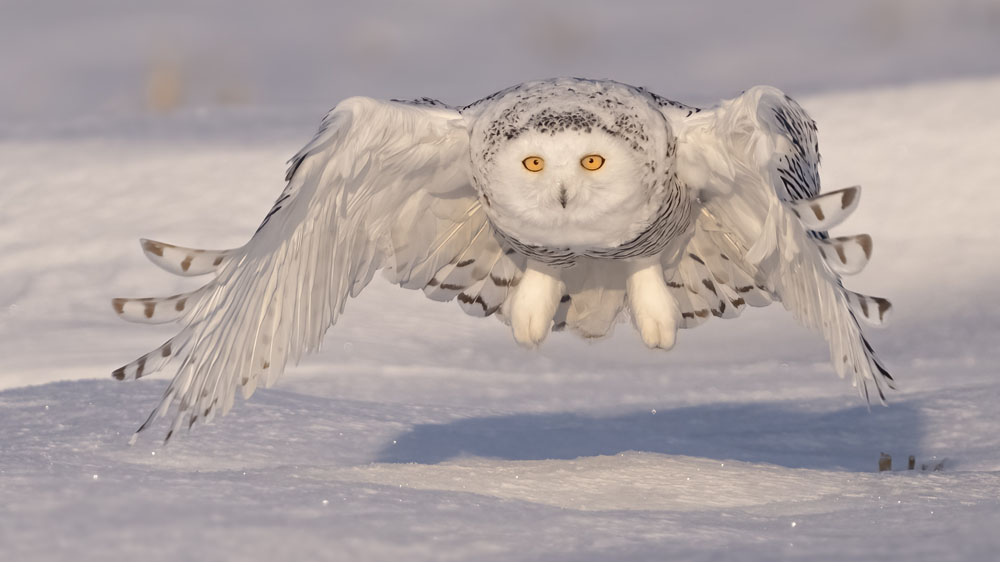
This female snowy owl was shot at 600mm at f6.3 far across a field. She is skittish enough to not come closer to me, and because I have researched the behaviour of this breed, I know I have to choose a long lens to shoot these birds.
4. What if you want just one lens that will do anything? Perfect for travel, perfect for nighttime, you could turn it sideways for full body portraits or stitch images together to form a panorama for large landscapes? The 24-70mm is considered a workhorse that most photographers need to have in their bag . Its one lens you should never leave home without.
Sony Fe 24-70mm f/4 A
- Lightweight
- Budget conscious
- Good sharpness in the centre.
- Built in image stabilisation
Sony 24-70mm f/2.8 GMII – this is the flagship lens in mid angle lenses.
- Incredibly sharp
- Fast and accurate autofocus
- Minimal distortion
- Weather sealed for outdoor use.
- Incredibly versatile - will do anything you ask of it.
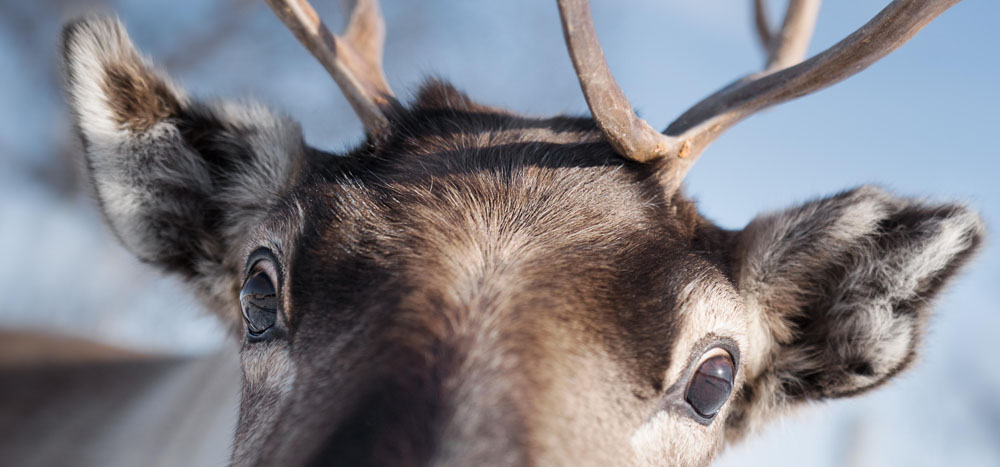
Norwegian Reindeer 24-70mm at 50mm. He walked up close to me hoping I had some food for him. If I had had my long zoom lens on I would have had no chance of capturing him in focus.
To summarize
There are beginner budget choices that will come as a kit when you buy your camera and allow you to start your photographic journey.
You can always shoot with these lenses but the time to step up to more advanced lenses is when those ‘A-HA’ moments occur, making you want to take more control over how you shoot. These moments are when you want optimal sharpness from your pictures, or no distortion to be seen on the edges, or you want crispier images of whales leaping. If the A-HA moment doesn’t occur that doesn’t mean you are no good as a photographer, it just means you are comfortable and satisfied with your images instead. This is for you to to decide.
Choosing a lens to go with your photography practise can be an overwhelming exercise, so go in armed with some knowledge about what you want to shoot and what your budget is. Waiting for you will be one perfect lens that helps you unleash your creative journey. It’s a Journey that never ends.
Learn to understand the Exposure Triad and how all 3 elements work together. This will be the biggest influence on your equipment choices.
Get a feel for what excites you – personally, I can walk around people or buildings and not be interested BUT if a bird flies by my creative brain is instantly awakened and excited.Therefore listening to your inner creativity is key to taking good photos and the correct lens choice will complement your passion for creating.





